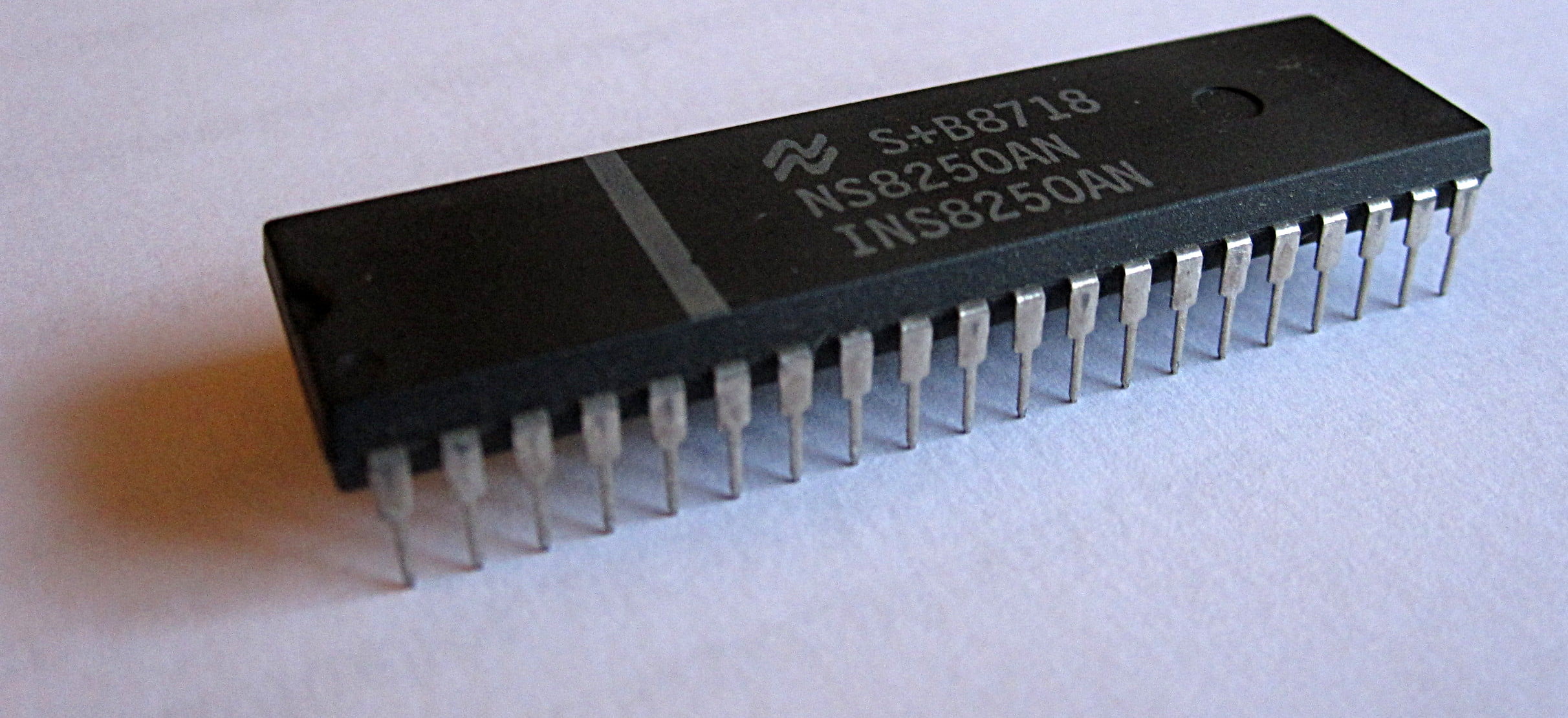Looking to establish a long term semiconductors supply chain from India, a Memorandum of Understanding (MoU) on semiconductor supply chain and innovation partnership under the framework of India–US Commercial Dialogue was signed between the two countries following the Commercial Dialogue 2023 held in New Delhi today.
United States Secretary of Commerce Gina Raimondo, who is on a visit to New Delhi on an invitation of Union Minister of Commerce and Industry Piyush Goyal signed the MoU and also re-launched the India-US Commercial Dialogue to discuss cooperation for unlocking new trade and investment opportunities between the two countries.
The MoU seeks to establish a collaborative mechanism between the two governments on Semiconductor Supply chain resiliency and diversification in view of US’s CHIPS and Science Act and India’s Semiconductor Mission.
It aims to leverage complementary strengths of both countries and facilitate commercial opportunities and development of semiconductor innovation ecosystems through discussions on various aspects of semiconductor value chain. The MoU envisages mutually beneficial R&D, talent and skill development.
In a telephonic press briefing yesterday to discuss strengthening the U.S.-India relationship, progress made during the U.S.-India CEO Forum and the Indo-Pacific Economic Framework for Prosperity (IPEF), Gina M. Raimondo said, it is an optimistic time for U.S.-India relations.
Our partnership with India is one of our most consequential relationships, and I’d say one of our most promising bilateral relationships as we look forward. The reason for that, I think, is we share a common set of values grounded around our democratic traditions along with a commitment to promoting a free, open, rules-based order to bolster security and prosperity, she said.
We also share real opportunity to expand our economic relationship, reaffirming our role as trusted partners to each other, creating jobs in both of our countries, establishing more resilient and secure supply chains.
We’re excited to be doing our part at the Commerce Department to pave the way for greater trade and investment between our two economies. Everyone I’ve spoken with today and yesterday in the private sector and in government agrees that this is a moment of significant opportunity for both of our countries, and we have to look to the future, and today and the future, to seize upon these opportunities, Raimondo said.
As part of the re-launching of the U.S.-India Commercial Dialogue and the U.S.-India CEO Forum, 10 CEOs of leading U.S. companies have traveled with her for the forum and their role working together with their Indian CEO counterparts is to develop for us recommendations for how the two governments can expand commercial ties and create more economic opportunity in both of our countries.
“So to say I am filled with optimism about the opportunities that a strengthened U.S.-India economic relationship will bring for years to come, and I sense a similar optimism from U.S. companies and the CEOs that are here but also the CEOs that I spoke with in preparation for this visit. I heard unanimous enthusiasm. Just a few weeks ago, Boeing and Air India announced an order for 228 aircraft, which is a historic deal that reflects the strength of our economic relationship and will support a tremendous number of jobs in the United States,” she said.
Semiconductors are another great example of our shared priorities. We’ve had discussions about that all day today. Both the United States and India are implementing semiconductor incentive programs, and we discussed how we could coordinate those investments, which is in both of our interests and ensure the best possible outcome for both of our countries.
“We would like to see India achieve its aspiration to play a larger role in the electronic supply chain. And to that end, the MOU, memorandum of understanding (MoU) that I am signing on this trip around semiconductors is designed to help achieve that goal.”
We’re also delighted to be working with India as a part of the Indo-Pacific Economic Framework, the IPEF, she said while adding that through the IPEF, the United States, India, and 12 other partners in this region are developing policies to create more resilient and secure supply chains, accelerate progress on our green transitions, and demonstrate our commitment to fostering a better business environment.
“We’re looking forward to continuing to coordinate closely with India as we proceed expeditiously to deliver meaningful outcomes.”
She said, both bilaterally as between India and the United States and multilaterally across the region in IPEF, there’s a tremendous amount that we can do together to accrue to the benefit of both of our economies.
In reply to a question as regards supply of semiconductors from China, she said that partnership with India is about making the semiconductor supply chain more resilient, more diversified, and how – which is beneficial for both the United States and India, and how we can work together to achieve that goal.
In reply to another question Raimondo said that there’s a great deal of enthusiasm about India, because it is a large and well-trained workforce. And also there’s a strong desire by those companies to diversify their supply chain and also be more resilient.
“So the MOU talks about how we will share information about the semiconductor – about semiconductor commercial opportunities between our two countries, how we will have a continued dialogue around policies that would encourage private sector investment in the semiconductor ecosystem. We talked about collaborating as between the U.S. and India to come up with a common picture of supply and demand in the industry. We talked about how we want to come together to map the supply chain and figure out where there might be opportunities for joint ventures or technology partnerships, job training partnerships, research and development partnerships.”
So we are looking for near-term commercial opportunities, but also we’re looking here for a longer-term strategic opportunity. Because this isn’t a one-year collaboration; we think this is a five-, ten-, twenty-year collaboration as between the U.S. semiconductor industry and electronic supply chain and India, she said.


























